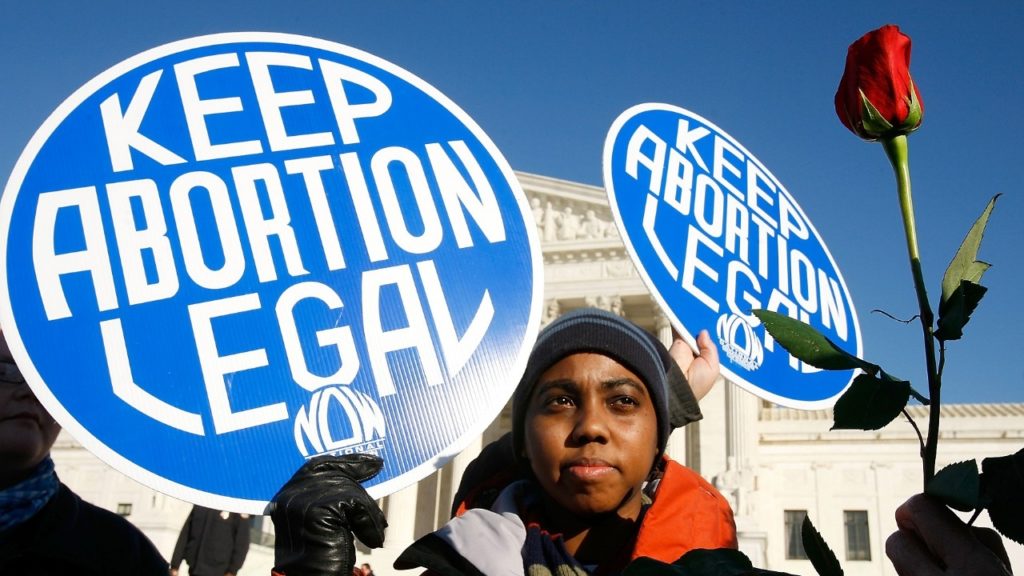
What the War on Reproductive Rights Has to do With Poverty and Race
When Justice Harry A. Blackmun authored the decision legalizing abortion in Roe v. Wade, he wrote that “[t]he right of personal privacy includes the abortion decision, but this right is not unqualified and must be considered against important state interests in regulation.” Although this was a win for those seeking to both legalize abortion and prevent harm inflicted on people seeking illegal and unsafe abortions, it also opened the door to restrictions on abortion.
That door was pushed open further with the ruling in Planned Parenthood v. Casey, which allowed states to regulate abortion provided they didn’t create an “undue burden” to patients seeking care. State politicians across the country have marched right through that door. The Guttmacher Institute reports that one-quarter of the more than one thousand state abortion restrictions were passed between 2011 and 2015—mostly in conservative states.
And it’s working. In 2011, almost 90 percent of counties did not have an abortion provider, and since then that number has increased. Five states(Mississippi, Missouri, North Dakota, South Dakota, and Wyoming) have only one abortion clinic in the entire state, while others like Alabama, Georgia, Louisiana, Ohio, and Texas have only a handful of clinics left; a drastic shift from just a few years ago.